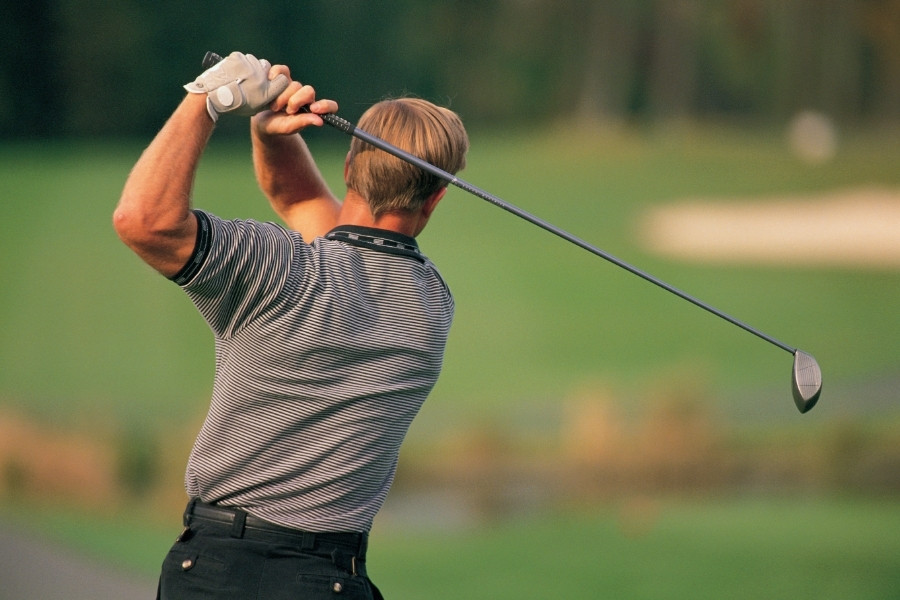Chiropractic Care for Golfers: Addressing the ‘Reverse C’ Posture to Improve Your Swing
As a golfer, you’re likely familiar with the ‘Reverse C’ posture, the arch nemesis of a flawless swing. It’s a common yet damaging position that could be silently sabotaging your game and wreaking havoc on your spine. But how can chiropractic care address this issue? Let’s consider how targeted chiropractic care will correct muscle imbalances, enhance your spinal alignment, and improve your golf swing. Stick around to discover the benefits that proper posture can offer, both on and off the green.
Understanding the ‘Reverse C’ Posture in Golf
Although the ‘Reverse C’ posture might appear impressive on the golf course, it’s essential to understand its potential harm. It’s characterized by an excessive upper body backward bend and was popular among golfers in the 1970s. However, this posture analysis reveals it can place significant torsional and shearing stress on your lower back, leading to conditions like bulging discs and arthritic changes.
As someone passionate about serving others, it’s vital to promote injury prevention in your golf-loving community. Encouraging regular flexibility training can help maintain muscle balance and reduce the risk of adopting harmful postures like the ‘Reverse C’.
The Biomechanics of ‘Reverse C’ and Its Impact on Spinal Health
While the ‘Reverse C’ posture may give a certain aesthetic appeal to your swing, the strain it places on your body is far from pleasing. This posture can lead to a reverse spine angle, triggering upper body dominance in your swing mechanics. The consequence? Swing path problems and limited power output.
But it’s not just about your game. The ‘Reverse C’ affects your spinal health too. Excessive tension mounts on your lower back due to inhibited abdominal muscle activation during the backswing. That’s a significant injury risk right there, especially when you consider the increased compressive loads on the right side of your spine at impact.
Posture correction is vital. By addressing the ‘Reverse C’ posture, you’re not only enhancing your swing but also safeguarding your spinal health. Chiropractic care will be instrumental in this regard. With expert guidance, you will correct your posture and reduce the strain on your spine. Remember, your body’s well-being is just as important as your performance on the green. That’s a balanced approach to golfing that values injury prevention as much as skill mastery.
Chiropractic Insights: How ‘Reverse C’ Affects Cervical Spine Alignment
You might not realize it, but the ‘Reverse C’ posture can have a serious impact on your neck’s alignment. This golfing stance, while seemingly comfortable, can lead to a forward head posture (FHP) that adds extra weight to your cervical spine. Over time, this can decrease cervical lordosis, leading to degeneration of the cervical spine.
FHP doesn’t just affect your spinal health, it can also cause a multitude of disorders. You could experience cervical radiculopathy, cervicogenic headaches, and even dizziness. These not only hinder your daily activities but also your golf performance. The continuous strain on your neck can make it harder to maintain focus on your game, impacting your swing, and possibly leading to more severe injuries.
Injury prevention in golf isn’t just about avoiding sprained wrists or pulled muscles. It’s also about maintaining proper cervical alignment. By correcting your posture, you’re not just improving your game, you’re also taking an essential step towards better overall health. Remember, the key to a great golf swing lies not just in your arms, but also in your neck.
Corrective Chiropractic to Address ‘Reverse C’ Posture
So, what can you do to address the ‘Reverse C’ posture and its impact on your cervical spine? Well, the first step is to tackle muscle imbalances. This is where corrective exercises come in handy. They work by strengthening weak muscles and stretching those that are tight.
For instance, exercises that enhance thoracic strength and spinal mobility are beneficial in correcting this posture. They help to realign your cervical spine, providing the needed support for proper setup angles. In addition, core and glute strengthening exercises are effective in reducing undue stress on your spine.
Tools like the Denneroll traction device can also be useful. It helps to correct spinal curves and restore natural cervical lordosis, thereby improving your cervical alignment. Just remember, it’s not a quick fix. Consistency is key when applying these techniques.
Long-term Benefits of Proper Posture: Improving Performance and Preventing Injuries
If you’re serious about improving your golf game and protecting your health, proper posture is a non-negotiable. It’s essential for performance enhancement and injury prevention. When your body is properly aligned, your muscles can work more efficiently, leading to better, more consistent swings.
Focusing on spinal alignment not only improves your golf game but also contributes to overall well-being. It prevents degeneration of the spine and associated health issues. It’s a fact that good posture is a key element in maintaining muscle balance and flexibility, which are critical for a powerful golf swing.
In addition to boosting your performance on the course, maintaining good posture also offers long-term health benefits. Regular flexibility training and chiropractic care can greatly improve your cervical curvature and pain levels. This results in better mobility and flexibility, reducing your risk of golf-related injuries.


